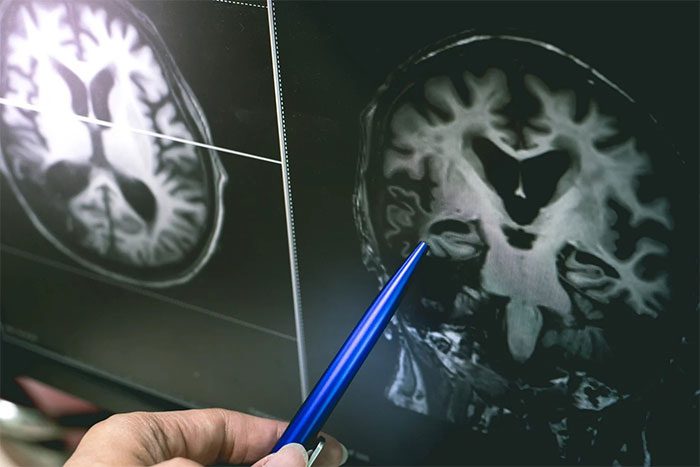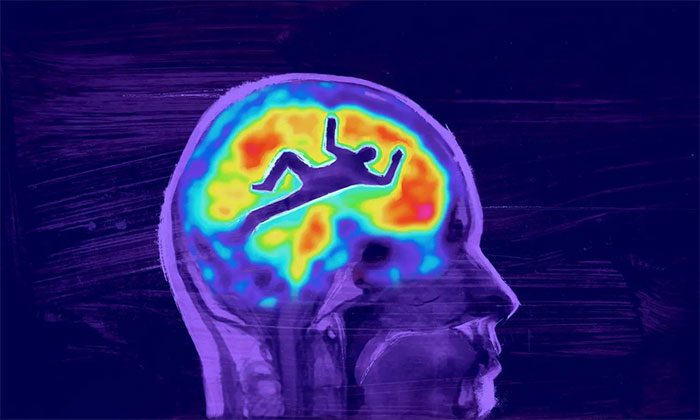Populations in industrialized societies experience brain aging at a faster rate than minority groups in remote areas, where physical activity is more prevalent.
The Tsimane, an indigenous group living in the lowlands of the Amazon, frequently gather at a health station in the village of Las Maras (Bolivia) during their 40s to 80s. Here, they undergo a rigorous testing process that includes blood, urine, and stool sampling, respiratory testing, arterial stiffness measurements, and brain scans.
Hillard Kaplan, an anthropology professor at Chapman University, has worked with the Tsimane for 20 years to study how people in this society age compared to the aging process in Americans and Europeans. From 2014 to 2019, Kaplan led a team of doctors, biochemists, and anthropologists to over 100 villages to collect data from those willing to share.
The Tsimane’s lifestyle is less industrialized than most parts of the world. Tsimane villages lack clean drinking water and most do not have electricity. Their work involves slash-and-burn agriculture and hunting, resembling that of ancient humans. On one hand, this community lacks modern healthcare infrastructure, but on the other, they are not affected by the diseases associated with urban life. This is the hypothesis of Kaplan’s group.
The “Dying” Brain Ages Faster with Less Physical Activity
The human brain deteriorates over time. Cognitive function gradually declines as brain cells shrink and die. Some cells die and are replaced, but many are not, causing the brain to gradually shrink, starting around the age of 40. This condition is accompanied by diseases like cognitive decline and neurodegeneration, such as Alzheimer’s and dementia, affecting over 55 million people, according to the World Health Organization.

Brain scan results indicate that the brains of the Tsimane and Moseten age more slowly than those of Americans and Europeans of the same age. (Photo: Shutterstock).
However, our understanding of brain aging is skewed. Most studies have been conducted on white populations living in more industrialized societies compared to minority racial and ethnic groups. Kaplan’s group previously demonstrated that populations like the Tsimane do not have a high risk of cardiovascular disease like the rest of the world. “Could the same be true for the brain?” Kaplan asked.
Now, they have evidence that the brains of the Tsimane and Moseten in the same region age more slowly than those living in industrialized settings. All studied individuals were over 40 years old, as that is when brain aging becomes pronounced. The Moseten hunt less, leading to lower activity levels compared to the Tsimane.
Comparing data collected from a group of 1,165 indigenous people with a similarly aged group from the U.S. and Europe shows that the brains of the Tsimane and Moseten age more slowly, especially in old age.
The Tsimane brain loses about 2.3% of its volume every decade, while the Moseten lose about 2.8%. In contrast, populations over 40 in industrialized societies lose about 3.5% of brain volume every decade. From age 70 and older, the aging gap between the two groups is even greater.
In industrialized populations, brain volume typically decreases as body mass index (BMI) and cholesterol levels increase. However, the brain volume of the Tsimane and Moseten tends to increase when BMI and cholesterol rise. The Tsimane walk about 17,000 steps every day, and older individuals contribute food and care for their grandchildren, having no “retirement” age, meaning surplus energy does not negatively affect their brain health as it does for those in the U.S. and Europe, according to Kaplan.
Kaplan noted that this data suggests a high BMI can be beneficial if a person expends a lot of energy. Conversely, if energy is not expended, a high BMI may lead to faster brain volume loss. The research team speculates that the reason may be poorer cardiovascular health, although the exact mechanism remains unclear.
“Modern humans are at a point of consuming too many calories and engaging in too little physical activity, leading to negative impacts on brain health,” Kaplan stated.
What Factors Keep the Brain Healthy?
This is the first study to compare brain volume among individuals from such different societies, but other studies have indicated a link between exercise and the risk of dementia. The estimated risk of dementia decreases by at least 30% for adults engaging in physical activity.

Physical activity is one of the factors related to brain health. (Photo: The Guardian).
Exercise can reduce inflammation in the brain and maintain stronger connections, or synapses, between neurons. Last year, researchers examined the brains of Americans participating in an aging and cognition study and found that those who exercised more had better synaptic function.
However, there are drawbacks to comparing different societies. Indigenous people in Bolivia have a higher early mortality rate than Americans or Europeans. Thus, those who live to old age may possess genetic or biological advantages that do not represent the entire population.
Genetics may play a role in Kaplan’s data, Tamar Gefen, a neuropsychologist at Northwestern University, added. Gefen is involved in Northwestern’s SuperAging study, which tracks individuals over 80 whose brains resemble those of much younger individuals.
Many of these older adults do not lead healthy lifestyles, yet they maintain function, indicating that genetics may be crucial for brain health and that physical activity is not a cure-all. Aging studies also show that social connections, happiness, and mental exercises play roles in keeping the brain healthy.


















































